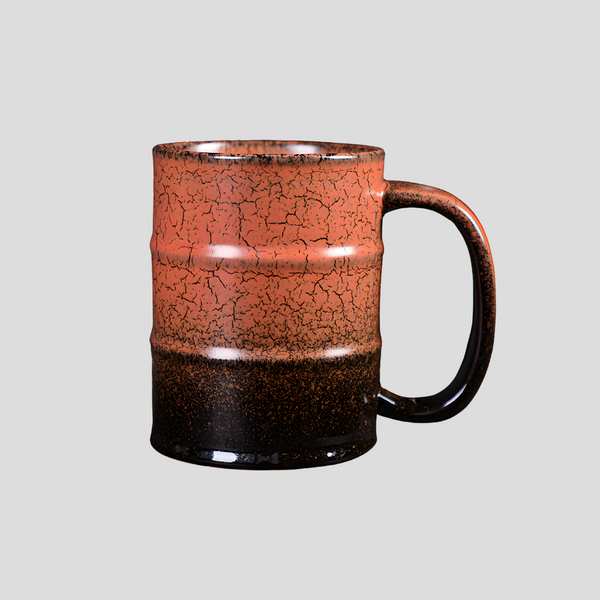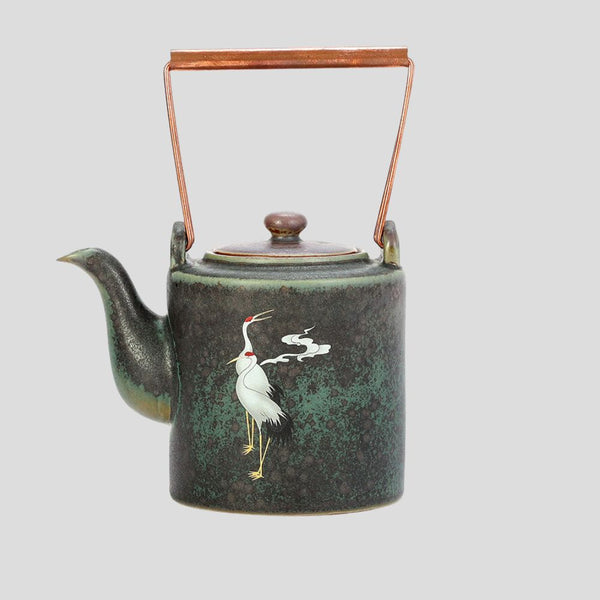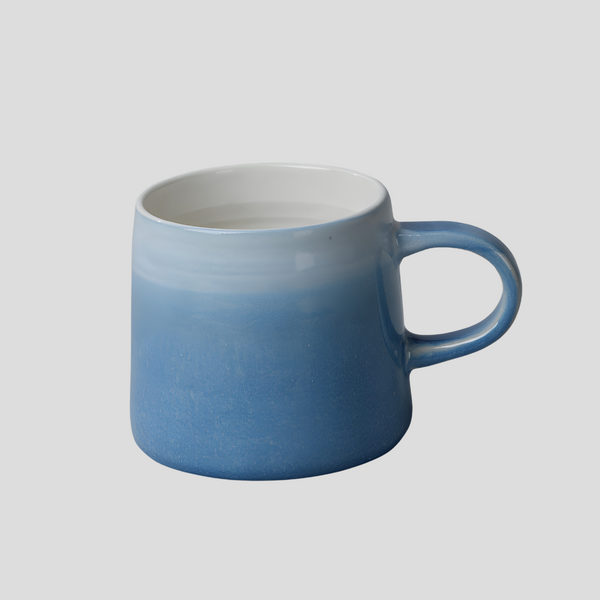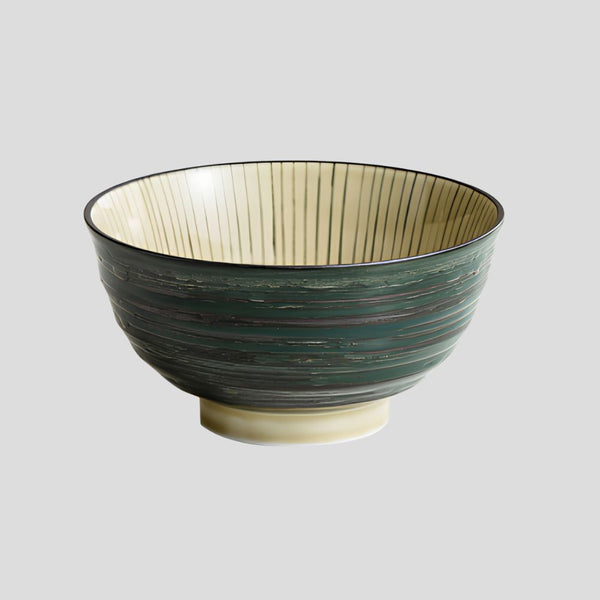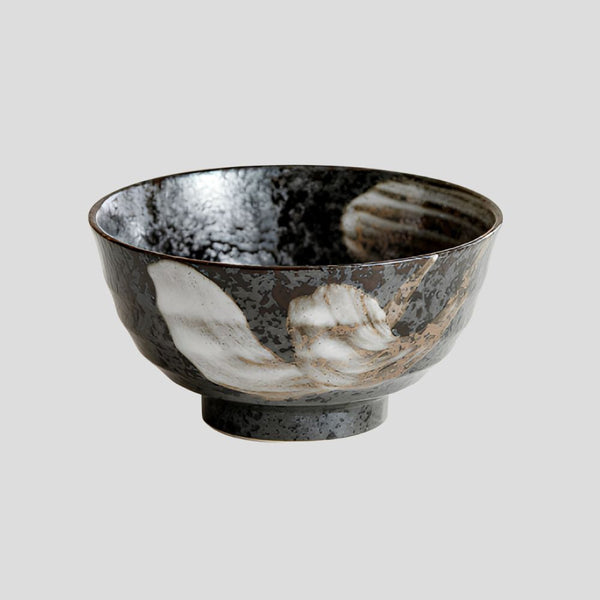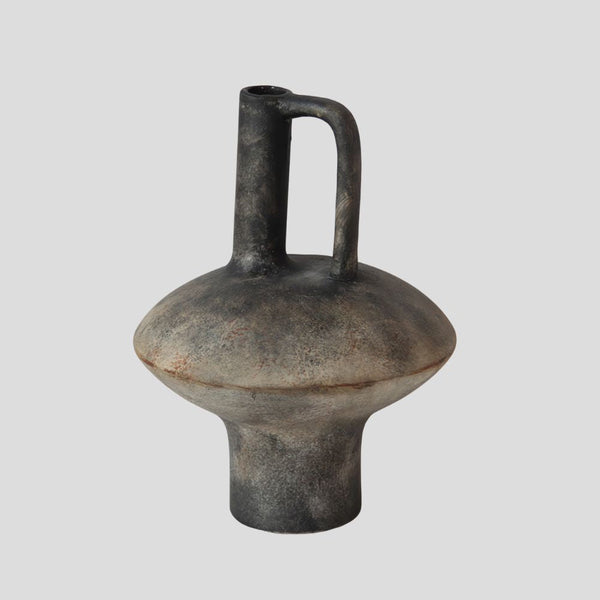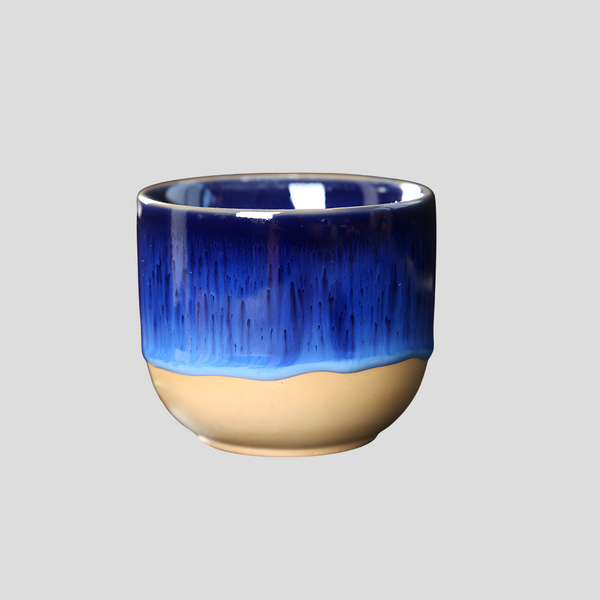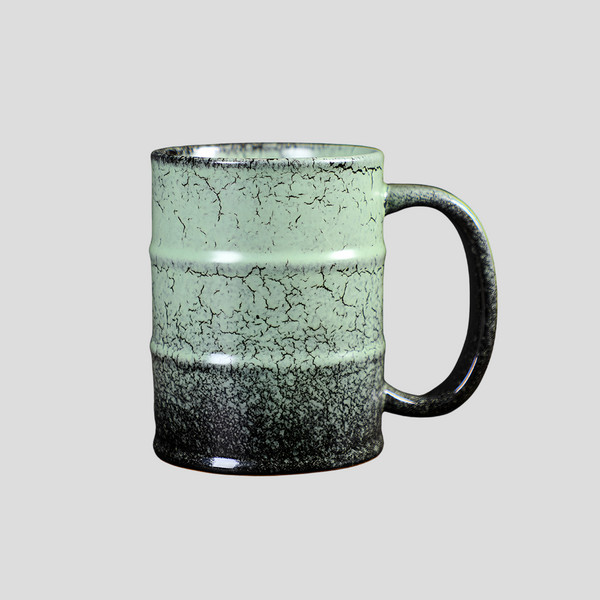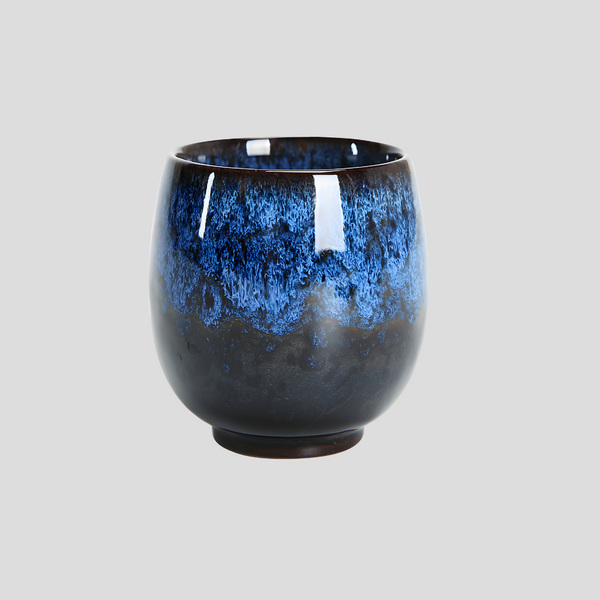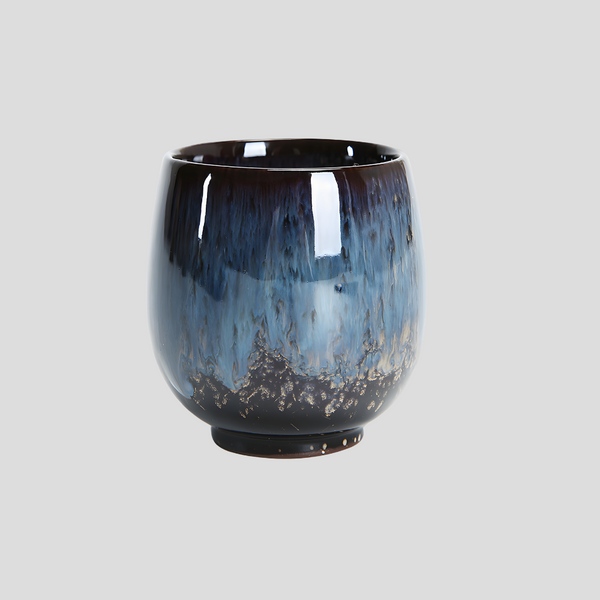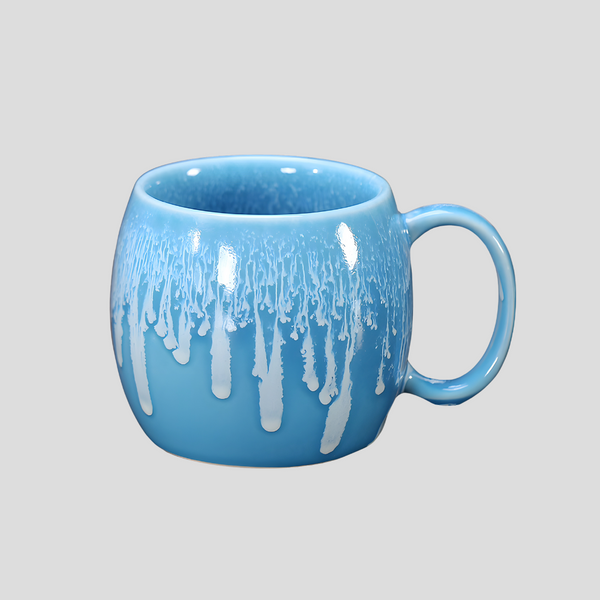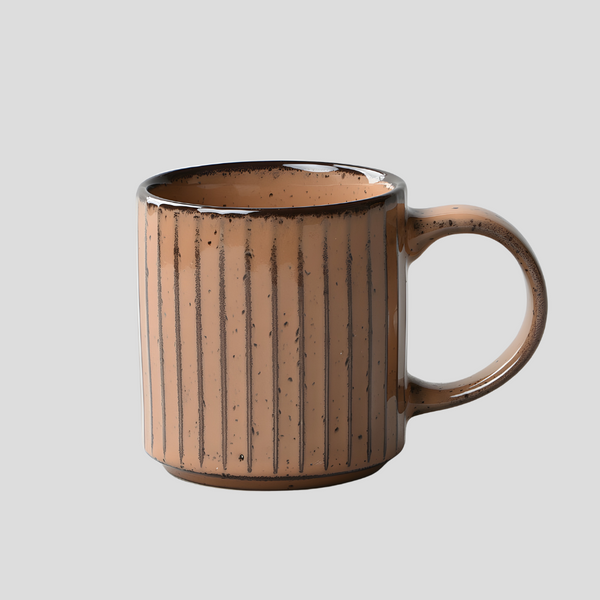
Exploring the Beauty of Hagi-Yaki Ceramics
Exploring the Beauty of Hagi-Yaki Ceramics
Hagi-Yaki ceramics, a treasured form of Japanese pottery, have captivated artisans and collectors alike with their understated beauty and rich history. Originating from the Hagi region in Yamaguchi Prefecture, these ceramics are celebrated for their unique textures, subdued colors, and the intriguing way they evolve with use. This article delves into the history, characteristics, and enduring allure of Hagi-Yaki pottery, offering a glimpse into a tradition that exemplifies the wabi-sabi ethos, celebrating the beauty in imperfection.
The Historical Roots of Hagi-Yaki Ceramics
The story of Hagi-Yaki begins in the late 16th century, attributed to Korean potters who were brought to Japan following the Korean invasions by Toyotomi Hideyoshi. These potters, including the revered Yi Sam-pyeong, are credited with establishing the Hagi potter's tradition, merging Korean pottery techniques with Japanese aesthetics. Over centuries, Hagi-Yaki evolved, integrating local clays and glaze recipes, which contributed to its distinctive characteristics and charm.
Characteristics of Hagi-Yaki Ceramics
Hagi-Yaki is celebrated for its subtle beauty and organic forms. The key characteristics that distinguish Hagi-Yaki pottery include:
- Texture: The use of coarse clay mixed with fine sand gives Hagi-Yaki pieces a unique texture that is both visually appealing and pleasant to the touch.
- Colors: The spectrum of Hagi-Yaki colors is soft and subdued, featuring shades of pink, green, cream, and white. These gentle hues contribute to the calm and serene aesthetic that Hagi-Yaki is known for.
- Glazing: The glazes used in Hagi-Yaki pottery often have a high degree of variation, with subtle differences in thickness and composition creating a wide range of effects on the surface of the ceramics.
- Kannyu (Crackling): One of the most beloved traits of Hagi-Yaki is its fine crackle glaze, or 'kannyu.' These crackled networks allow the surface to change subtly over time as tea or other liquids seep into the cracks, enriching the color and texture of the piece.
Importantly, Hagi-Yaki not only emphasizes aesthetic qualities but also prioritizes functionality, making it a favored choice for tea ceremony wares and everyday utensils.
The Enduring Appeal of Hagi-Yaki
The appeal of Hagi-Yaki lies in its embodiment of wabi-sabi, a core principle of Japanese aesthetics that finds beauty in imperfection and transience. Collectors and enthusiasts treasure Hagi-Yaki for its ability to evolve and ‘mature’ with use, developing a personal connection that deepens over time. This enduring relationship between the user and the object is a testament to the living tradition of Hagi-Yaki ceramics.
Moreover, the revival of interest in traditional crafts and sustainable living practices has brought renewed attention to Hagi-Yaki. Artisans in Hagi continue to innovate while respecting the tradition's roots, ensuring that Hagi-Yaki remains a relevant and cherished art form.
Conclusion
Hagi-Yaki ceramics offer more than just beauty to the beholder; they provide a tactile connection to history, nature, and the philosophy of wabi-sabi. As collectors around the world discover the understated elegance and rich cultural heritage of Hagi-Yaki, this centuries-old craft continues to enchant and inspire. Whether through the lens of an art historian, the hands of a tea practitioner, or the eyes of a pottery enthusiast, the beauty of Hagi-Yaki ceramics is undeniably captivating, inviting us to explore the depth and diversity of traditional Japanese pottery.
Click this link to check out our ceramic artwork!
